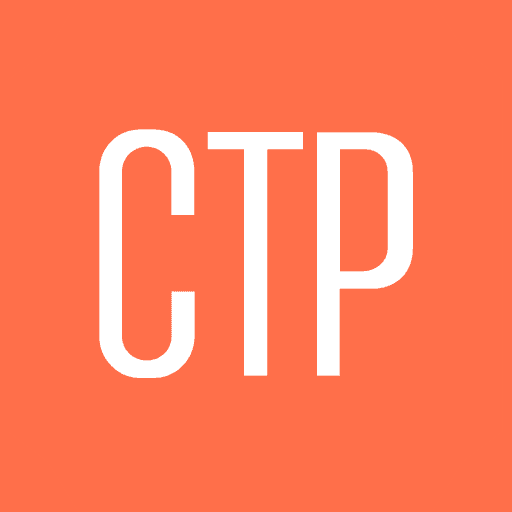As public relations practitioners, we’re constantly thinking of new ways to show news organizations why our clients are relevant. This can, of course, prove challenging when companies don’t have anything newsworthy happening. But that’s ok. That’s when our jobs get interesting, where we are able to be our most creative.
This week, The Academy Awards issued a statement saying that Sacha Baron Cohen is invited to the Awards but none of his characters are welcome, specifically the character from his new movie, “The Dictator”. Ok, I get it, a “sex-crazed Gaddafi-meets-Hussein” character doesn’t exactly fit with the refined style of the Oscars. But why not just revoke the invitation altogether if he might prove to be a problem? Why put out a statement? You know it’s going to get picked up in nearly every media outlet that plans on covering the Oscars, which, for those of you counting, is about every media outlet in the free world. Attaching your brand to non-news or creating news to show that you’re preventing future negative news from happening seems to me like a well-disguised publicity stunt. One that might have something to do with the fact that this year’s Oscar nominations have shown dwindling appeal with the masses.
A number of other brands have taken the approach of creating news and subsequent widespread buzz from nothing. Abercrombie and Fitch, the clothing retailer targeting preppy teens, put out a statement this summer asking Jersey Shore’s Mike “The Situation” Sorrentino to stop wearing their clothes. The company even offered to pay him money to stop wearing the clothing on air, as it feared he was misrepresenting the brand. I’m not sure this actually stopped Sorrentino from wearing Abercrombie tees and sweats, but it did lead to a flurry of media coverage that was sure to get the attention of those who regularly watch Jersey Shore. Conveniently, that audience also happens to be Abercrombie’s target demographic.
Taking a slightly different approach back in May, the CDC released Preparedness 101: Zombie Apocalypse, which gave you helpful information on how to prepare for a massive zombie attack. The media coverage was vast and high profile, including Wall Street Journal, Washington Post and Los Angeles Times. The “news” was just weird enough that you found yourself actually reading these articles and by the time you asked, “ZOMBIES ARE REAL?” you’ve read through half of the CDC’s messaging about disaster preparedness. Considering the CDC generally is able to get this information to the public after a horrific and deadly hurricane, tornado or flood, it was a creative way to get useful information in front of people in the absence of a timely news hook and without igniting fear – well, unless you really DO believe in zombie attacks. It was a pretty smart move.
In most cases, people tend to realize when they’ve witnessed a publicity stunt. It may come with resistance and negativity but, done right, it can be a very effective tactic to get in front of your audience without making it seem planned. Sure, it’s a little sneaky, but I kind of like it.




